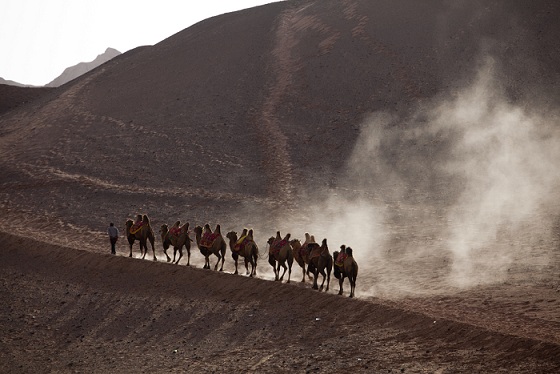OF THE
TIMES
We'll know our disinformation program is complete when everything the American public believes is false.
I am sure Iran, Russia, China are aware of this "strategy", which is why it is failing.
We are being told what is coming. The globalists probably envisioned more would be dead from the bioweapon.
New NPR CEO Katherine Maher gave a Ted Talk during which she asserted that "truth" is a "distraction" which is "getting in the way of getting...
The mentioned US plan of a greater Middle East war worked out as well as the WEF's "Great Reset" plan.
These two figures in the top image are perfectly representing the current depravation of the West. You'll also receive The Crypto Capitalist...
To submit an article for publication, see our Submission Guidelines
Reader comments do not necessarily reflect the views of the volunteers, editors, and directors of SOTT.net or the Quantum Future Group.
Some icons on this site were created by: Afterglow, Aha-Soft, AntialiasFactory, artdesigner.lv, Artura, DailyOverview, Everaldo, GraphicsFuel, IconFactory, Iconka, IconShock, Icons-Land, i-love-icons, KDE-look.org, Klukeart, mugenb16, Map Icons Collection, PetshopBoxStudio, VisualPharm, wbeiruti, WebIconset
Powered by PikaJS 🐁 and In·Site
Original content © 2002-2024 by Sott.net/Signs of the Times. See: FAIR USE NOTICE

... is pretty obvious. Plague. The Plague of Justinian got its start in 540 AD and went around and around for a few hundred years.